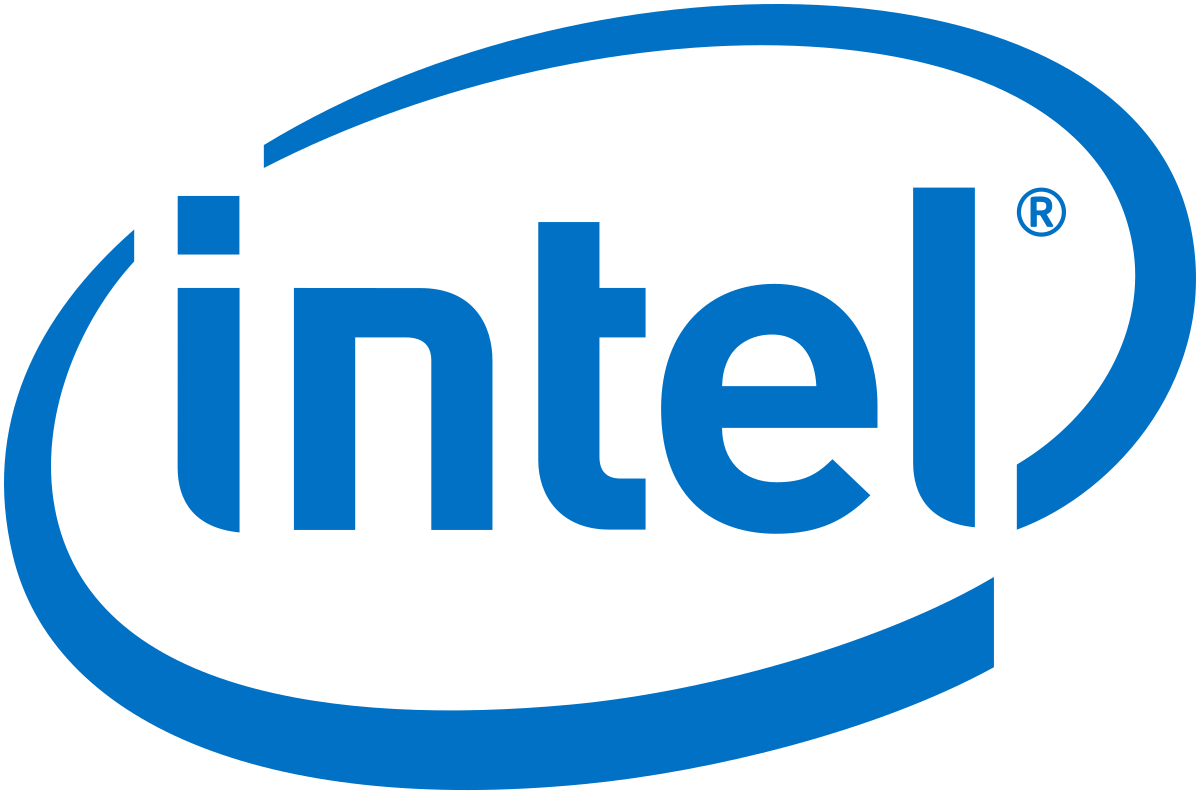Hereby Massimo Zannori of IBM Semea S.p.A. certifies the participation of Emanuele Maria Santanchè, as Software Developer, in the project ‘Performance Monitoring’ realised by IBM Semea S.p.A. for the client Intel Corporation.
Architecture and functionalities of the information system ‘Performance Monitoring’
The system is composed of a three-level network of computers.
At the top tier there are UNIX servers through which it’s possible to access a distributed database physically present in the RAMs of tens of Windows NT servers. OS/2 servers are employed as well.
These servers build their portion of database gathering information coming from third-level computers connected to them.
This whole system has, as its goal, to collect information about the performance of applications running on the third-level computers. This information is subsequently elaborated for statistical purposes.
Structure of the distributed database and nature of the protocols used to manage and transmit data
The distributed database has a structure defined according to the criteria used by the SNMP protocol.
The latter defines the information produced and managed using a data definition standard named MIB (Management Information Base).
The MIB, with its definitions, is found in the top level UNIX servers while the second level servers physically hold the actual information.
The second level servers deliver the information to the top level servers according to the standard defined by the MIB.
Data transmission uses the protocols SNMP, TCP and UDP.
Project organization
The whole ‘Performance Monitoring’ project was quite big. It lasted for many years and many people worked on it.
The IBM Rome Software Laboratory was in charge of it.
Activities performed by Emanuele Santanchè
Emanuele Santanchè’s assignment was to convert the OS/2 version of the software managing the second level servers into a Windows NT version.
Working on this assignment, a change in the software architecture had been in order because the OS/2 architecture was based on an independent process while the Windows NT architecture uses DLLs whose functions were called by the SNMP Agent process.
A substantial part of the SNMP protocol as implemented by OS/2 has been rewritten because the Windows NT’s implementation of SNMP offers far fewer functionalities than the OS/2 counterpart.
Doing the conversion from OS/2 to Windows, the software was improved by increasing its ability to reply to the messages coming from the first and third level computers.
This was achieved by introducing multi-thread architecture and inter-thread synchronization.
The Windows NT SNMP agent presented some bugs and, since its code couldn’t be changed, workarounds had been implemented to solve the malfunctioning.
Rome, 15/3/1999
Signed by Massimo Zannori of IBM Semea S.p.A.
(the original is available)

